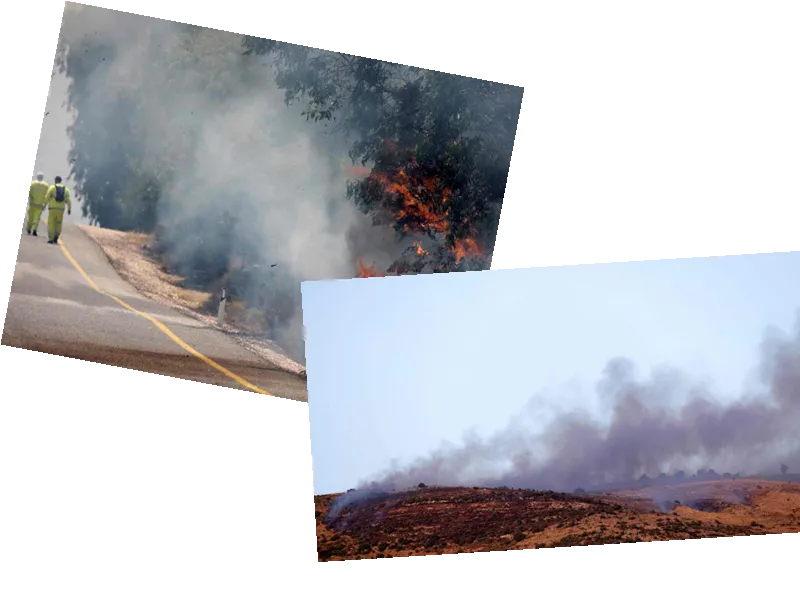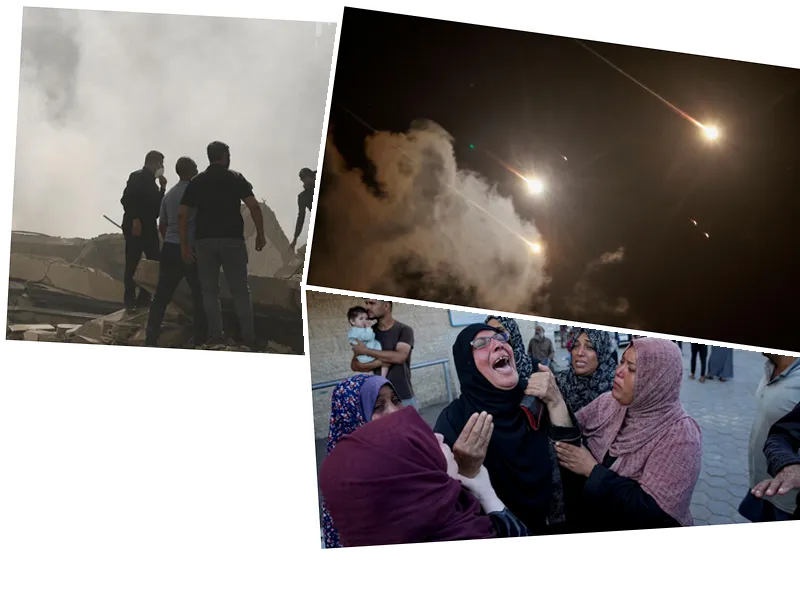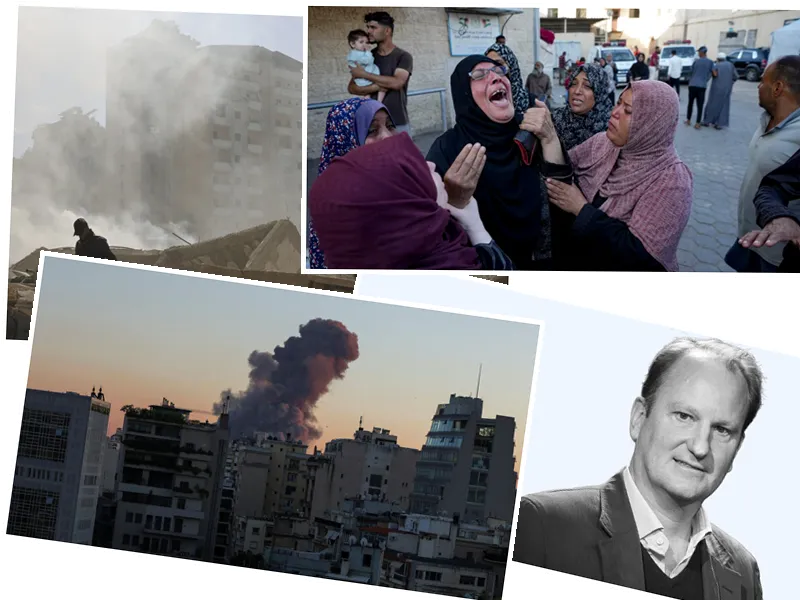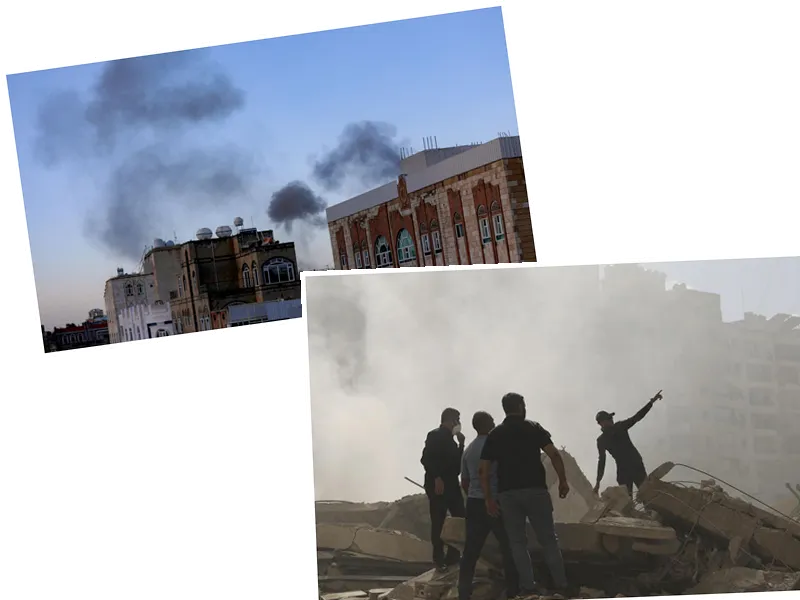The conflict between Israel and Hezbollah has escalated significantly, leading to intense exchanges of fire and raising concerns about a potential comprehensive war. The Israeli army reported that more than 200 missiles and 20 drones were launched from Lebanon towards northern Israel and the occupied Syrian Golan Heights. This massive barrage of missiles triggered continuous sirens in dozens of Israeli settlements near the Lebanese border, causing widespread fires in multiple locations.
In response to the attacks, the Israeli army targeted launch sites in southern Lebanon. The Israeli Air Defense Forces and the Air Force managed to intercept some of the missiles and drones. The Israeli ambulance service, Magen David Adom, reported that two Israeli women were injured while fleeing to a protected area in northern Israel. They were referred to the Galilee Medical Center in Nahariya and Ziv Hospital for medical treatment.
Video clips circulating on Israeli social networks showed fires at various sites, with 25 firefighting teams working to extinguish fires in 10 locations in the Golan Heights and the Upper Galilee. The intense bombardment by Hezbollah followed the assassination of the party's leader, Muhammad Nimah Nasser (Abu Nimah), in an Israeli airstrike on the Tire area in southern Lebanon.
Hezbollah's Executive Council head, Hashem Safi al-Din, stated that the response to the assassination began immediately and would continue, promising that the front would remain active and strong. The escalation has led to daily bombardments across the dividing Blue Line since October 8, resulting in hundreds of casualties, primarily on the Lebanese side.
Israeli Prime Minister Benjamin Netanyahu reiterated that the war would only end once its objectives were achieved, including the destruction of Hamas and the release of all hostages taken during the October 7 attack by the Palestinian Islamist movement. Meanwhile, the Israeli army continues its bombardment of Gaza, targeting areas like Shujaiya in the north and Rafah in the south, and calling for tens of thousands of Palestinians to evacuate the region.
- The recent escalation between Israel and Hezbollah has intensified fears of a broader conflict, especially with the Israeli army’s announcement of operational plans for a large-scale attack on Lebanon. The situation remains volatile, with both sides engaging in daily exchanges of fire and causing significant destruction and loss of life.
- Hezbollah's retaliation with over 200 rockets aimed at five Israeli positions underscores the severity of the conflict. The group's statement emphasized that the attacks were in direct response to the assassination of their senior commander in Tyre, southern Lebanon. This ongoing cycle of retaliation and counter-retaliation is contributing to the rising tension in the region.
- The broader geopolitical implications of the conflict are significant, with American support for Israel's actions in Gaza adding another layer of complexity. The prolonged conflict in Gaza has resulted in over 124,000 Palestinian casualties, most of whom are children and women, highlighting the humanitarian crisis unfolding in the region.
- As the situation develops, the international community is closely monitoring the events, with calls for restraint and diplomatic efforts to de-escalate the conflict. However, the entrenched positions of both Israel and Hezbollah suggest that a peaceful resolution may be challenging to achieve in the near term.






